Why are ambitious embedded developers so keen on cloud computing?
In 1999, Jack Ma founded Alibaba in Hangzhou. From the public accessing the internet to today, it has only been over twenty years. In these twenty years, the internet has drastically changed our lives;
In 2009, Alibaba introduced cloud services, providing safe and reliable computing and data processing services in an online public service manner.

The infrastructure of the internet and the democratization of cloud computing are visible trends in social evolution. The mobile interconnectivity we experience began quietly in 2007 with the launch of the touchscreen iPhone by Steve Jobs; the future of the Internet of Things has arrived. In this massive transformation, can embedded developers afford to ignore the cloud and remain competitive?
Thus, ST has collaborated with Alibaba Cloud IoT to develop this online series of courses《IoT Application Development Based on STM32 Nodes and Alibaba Cloud IoT Platform》. Scan the QR code or click the link at the end to access the course immediately. Related materials can be accessed by scanning the QR code to go to the link, and by clicking the 【+】 on the right side of the link page, you can view all 14 sections of materials.
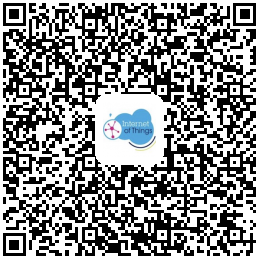
Long press to scan and enter the course
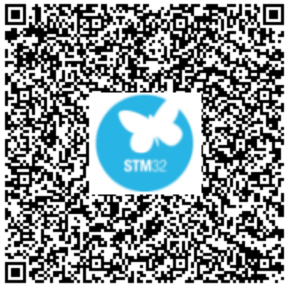
Long press to scan and download related materials
“IoT Application Development Based on STM32 Nodes and Alibaba IoT Platform”
Course Highlight One: Instructors from STM32 and Alibaba Cloud IoT will explain the full data link development process from device side to application side. For full-stack development from the device side to the Alibaba Cloud IoT platform, two implementation methods are proposed for resource-constrained devices and resource-rich devices: the former uses the open-source Paho MQTT implementation, while the latter uses Alibaba Cloud IoT platform’s Linkkit SDK.
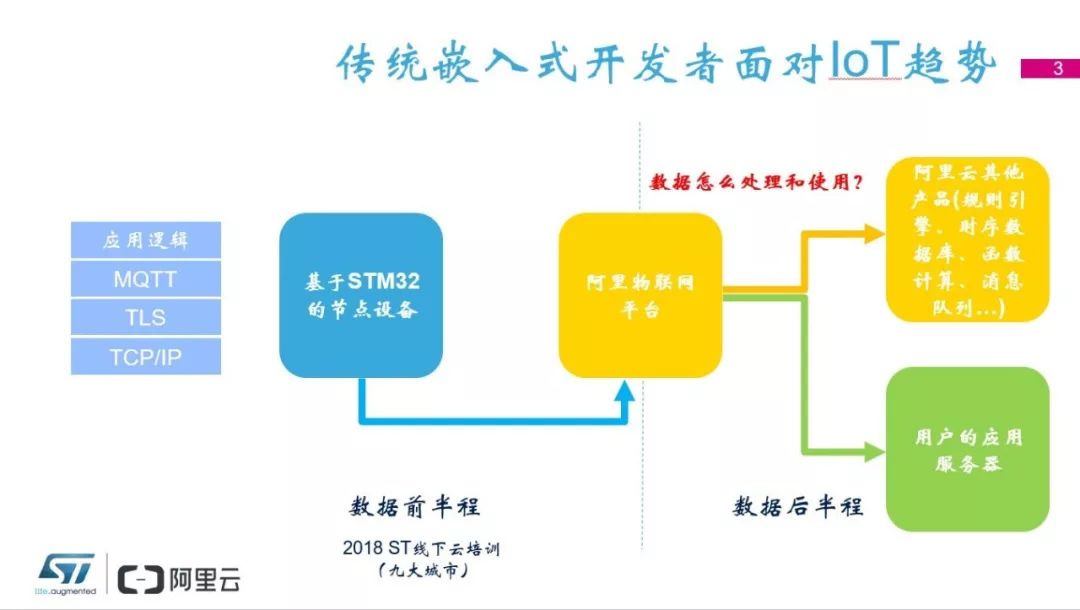
Course Highlight Two: Embedded developers are often familiar with the access development from the device side to the IoT platform but know little about the processing of data after it goes to the cloud. The knowledge system involved in implementing a user server (referred to as a Web server in the course) is extremely complex, making it challenging for traditional embedded developers to self-learn. Therefore, in Chapter Four of the course, we will focus on building a user server (including front-end Web page development and back-end database setup), starting from a simple and concrete example, to provide embedded developers with an understandable and operable Web application development course.
Course Overview Course schedule, course scenarios, and application layer development
Course Schedule: This series of courses is divided into four major modules. Besides the first part, “Course Guide”, the subsequent modules cover: Using Alibaba Cloud IoT Platform, Node-side Development, and Application-side Development.
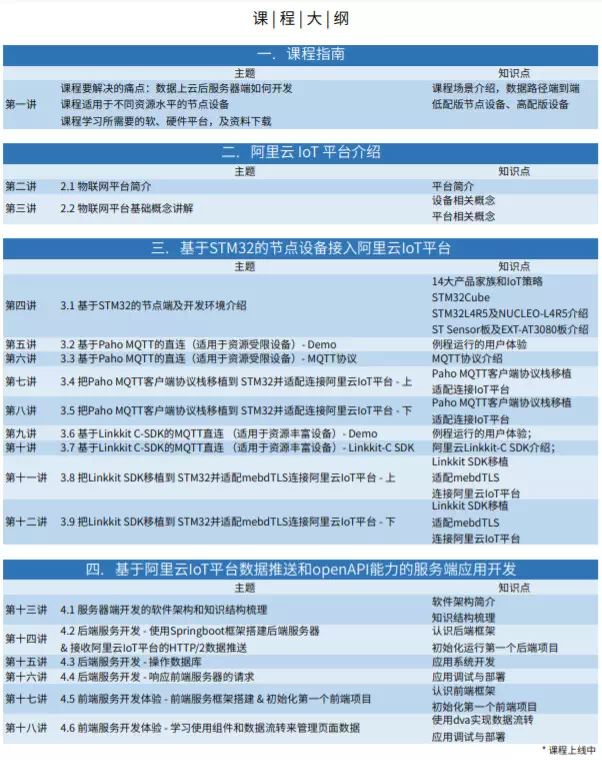
▲ Click the image above to enlarge the schedule
Course Overview: We will use an STM32-based temperature controller as the node side, forwarding data to the user server through the Alibaba IoT platform to achieve remote control.
▎Covering three parts of operation
1. Explanation of the connection method for STM32 node side
2. Using and setting up the Alibaba IoT platform
3. Building the user server
Two Access Scenarios: The Alibaba Cloud IoT platform, launched for IoT developers, focuses on solving the issue of “access”, which is managed by the IoT hub product within the IoT platform. To facilitate easy and secure access for various devices, it offers different access solutions for devices across networks, such as 2G/3G/4G, NB-IoT, LoRa, etc., addressing the pain points of heterogeneous network device access management. The platform also provides SDKs for various device-side protocols, such as MQTT and CoAP. Additionally, Alibaba Cloud has open-sourced various platform device-side codes and provided cross-platform porting manuals, enabling enterprises to connect devices across different platforms. Currently, the platform supports device access via CoAP, MQTT, and HTTP protocols.
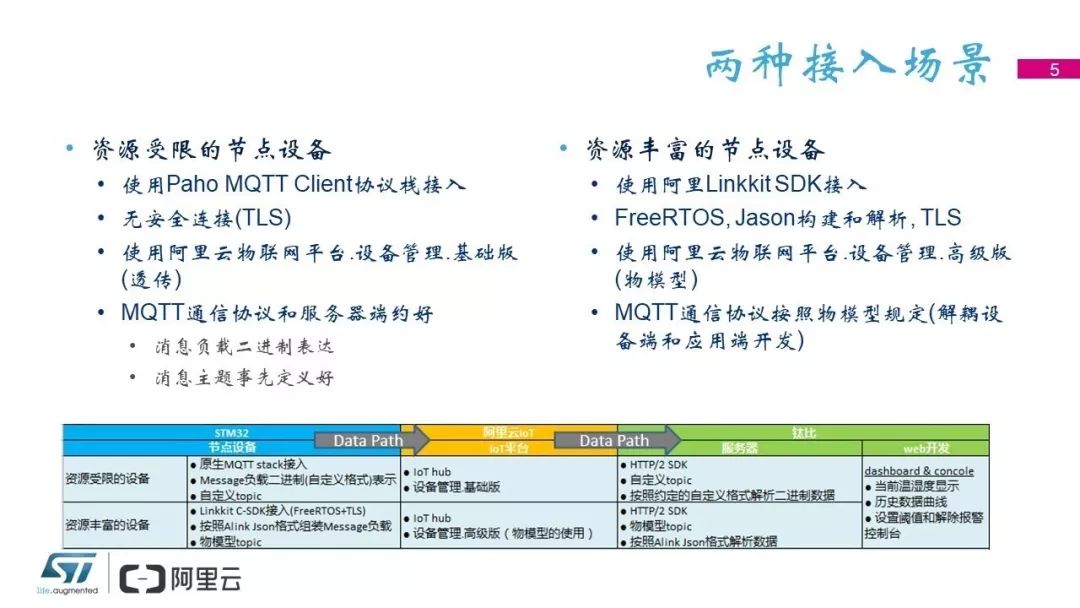
▲ Click the image above to enlarge
Currently, the most mainstream and widely used is the MQTT protocol access. This series of courses will explain two methods of MQTT access to the Alibaba Cloud IoT platform. One is suitable for resource-constrained node devices, while the other is suitable for relatively resource-rich node devices.
Application Layer Development: Application layer development is divided into server (backend) development and Web application (frontend) development, with different development languages and runtime environments.
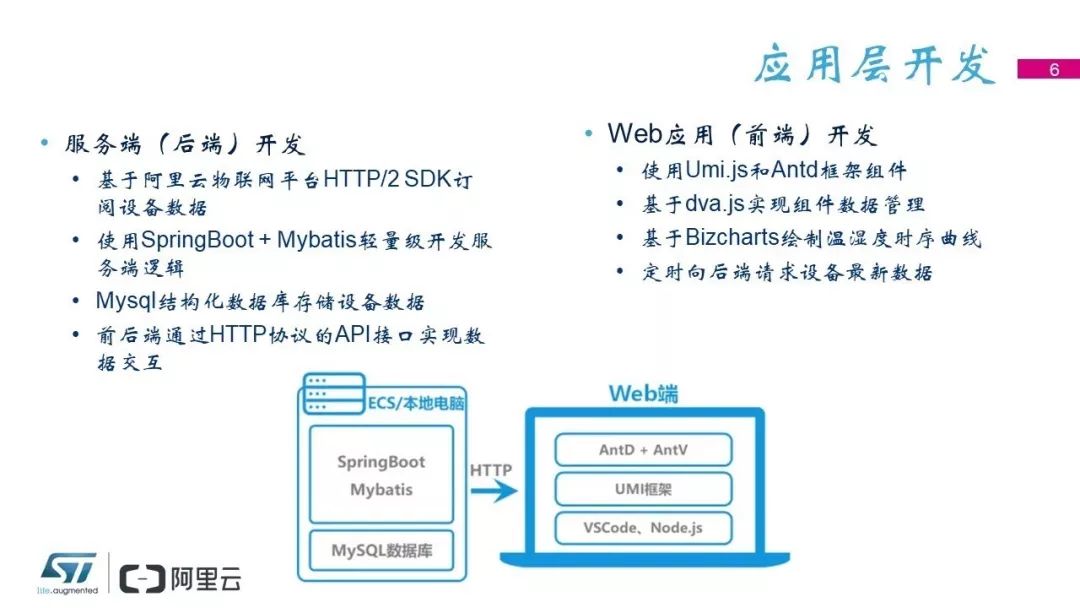
▲ Click the image above to enlarge
Backend Development is primarily based on the HTTP/2 subscription capability provided by the Alibaba Cloud IoT platform. Through the HTTP/2 SDK (running on SpringBoot), the server program can receive data reported by devices in real-time and store that data in a MySQL database using the MyBatis data persistence framework for system management and query. Additionally, the API service developed based on SpringBoot opens the data query management capabilities via HTTP protocol interfaces for frontend program requests.
Web Application Development refers to frontend development based on Alibaba Group’s popular open-source frameworks UMI and AntD, where Antd provides high-quality UI components for pages, enabling rapid page development through component combinations. UMI handles the compilation, packaging, and routing of frontend applications, while frontend components are based on the popular React architecture, ensuring friendly interaction and quick response.
Software and Hardware Required for the CourseGo to Alibaba Cloud for cloud services and use STM32 for IoT
Learning from books is superficial; true understanding comes from practice. To achieve better learning outcomes, it is strongly recommended that everyone holds the board and learns while practicing along with the video.

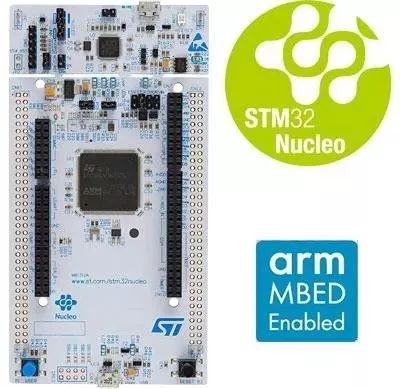
The main control board is the Nucleo-L4R5ZI from ST, which features the latest STM32 series L4R5 100-pin microcontroller and can connect to other function expansion boards through Arduino interfaces; it has an onboard STLINK-V2 debugger and supports USB power supply.
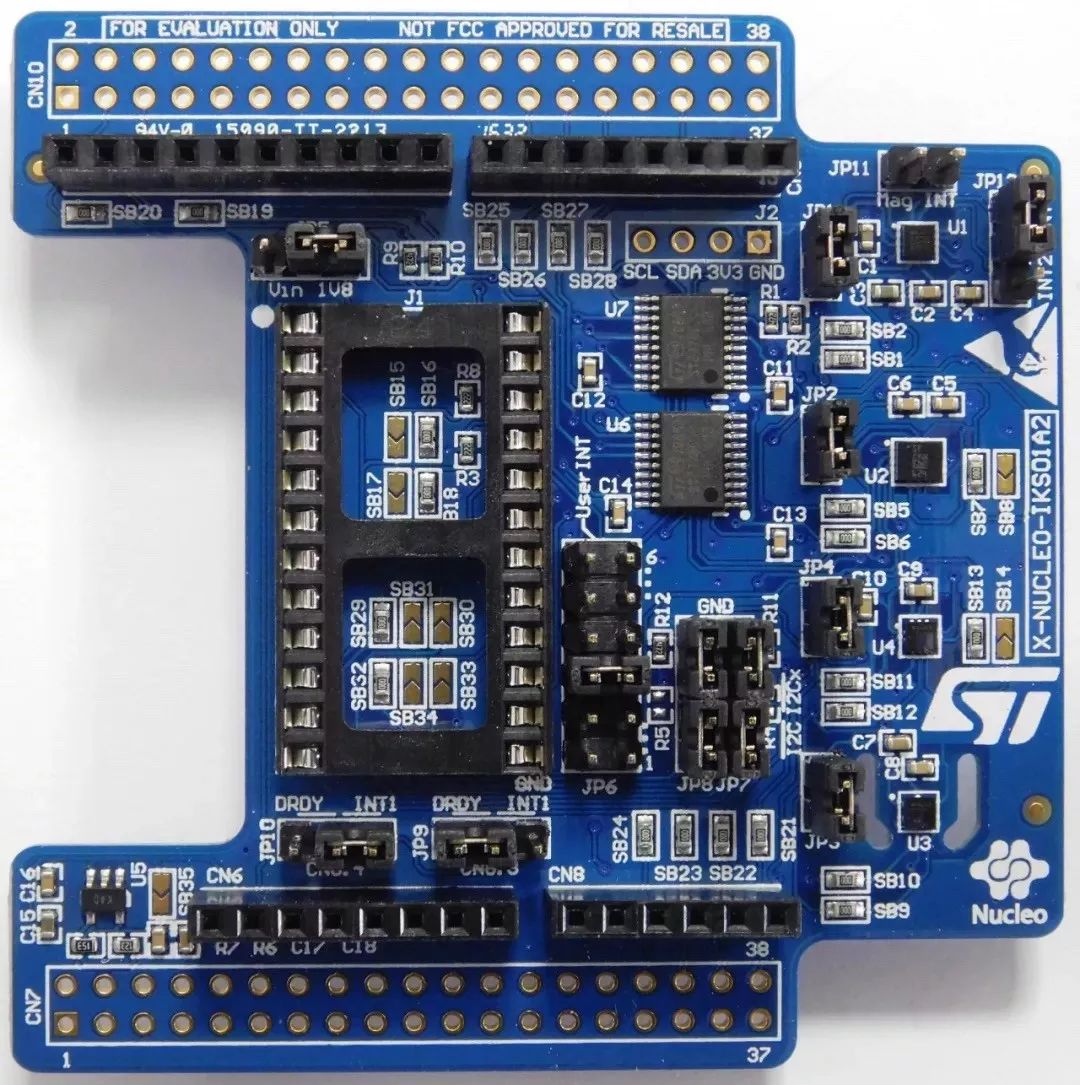
The sensor expansion board features multiple environmental sensors (temperature, humidity, pressure) and motion sensors (accelerometer, gyroscope), equipped with Arduino interfaces.
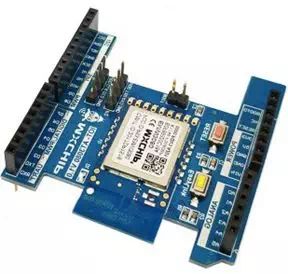
The connection expansion board equipped with a Wifi module and antenna has Arduino interfaces.
The main control board connects to the sensor expansion board and the wifi expansion board through standard Arduino interfaces. You can order them from their official Taobao or Tmall stores.
At the same time, you need to prepare the corresponding software; the list is as follows:
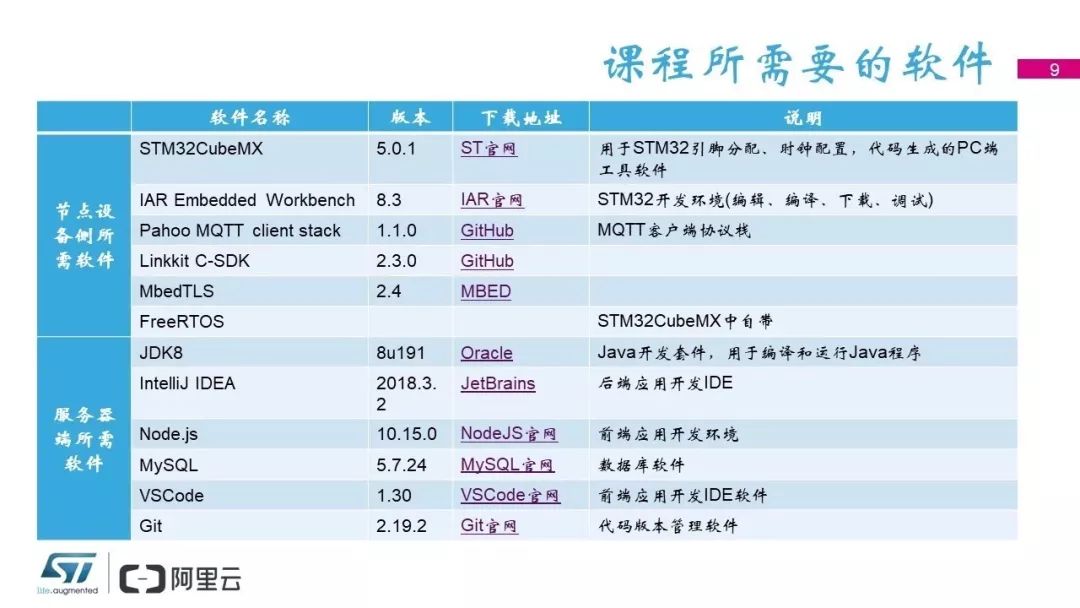
▲ Click the image above to enlarge
So, are you ready?
↓↓↓ Click below【Read the Original】 to start learning!